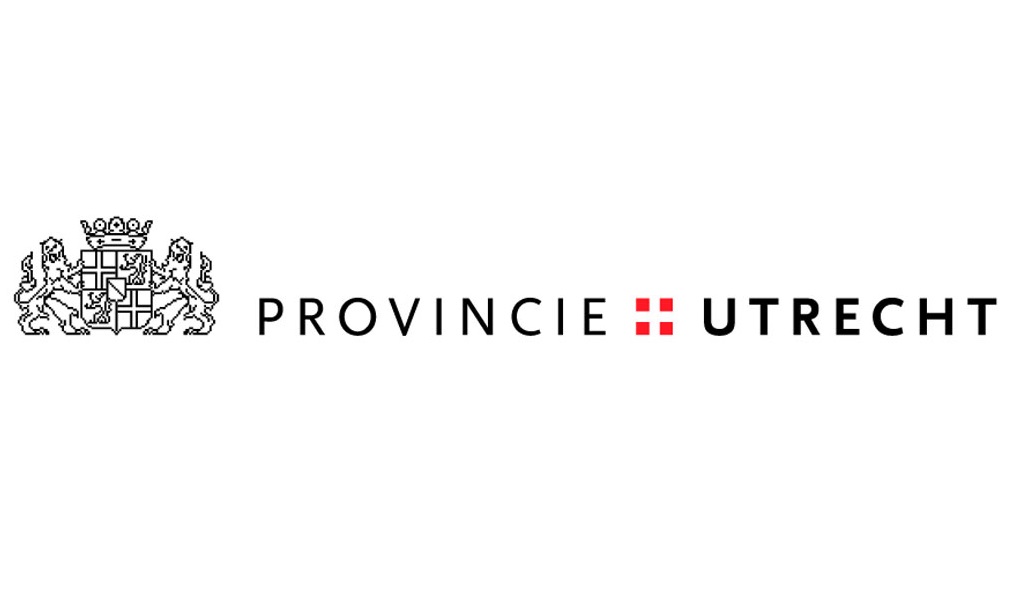Integrated Public Transport Network Design
Exploring the potential of new transport services to improve public transport
The increasing pressure on the mobility system in urbanised areas causes problems related to accessibility, urban space use and environmental impacts. Each year, a vast amount is spent on public transport infrastructure and operations in order to support the mobility of people. As urbanisation and economic developments drive general transport demand growth, the public transport system needs to boost patronage levels whilst limiting its negative societal impact and keeping its expenditures at a tenable level.
Nowadays, a multitude of new transport services have become available. This widens the conventional range of transport means such as privately-owned cars and bicycles and public transport services; cars and bicycles are now also being shared, ride sourcing services and demand-responsive services are providing flexible motorized transport and new modes such as e-scooters or shared mopeds are entering the market as forms of micro transit. At this moment, these transport means are ill-integrated with public transport services. Complementing or substituting public transport by these transport means enables smarter choices potentially improving traveller’s satisfaction and societal outcomes.
It is not known which combinations of transport means improve traveller’s satisfaction and societal outcomes for different area types and user groups. Therefore, this research project aims – from a public transport system perspective – to determine for which people and areas transport means need to be present and how they need to interact with each other.
This requires (re)defining the functions and requirements of public transport systems and establishing the preferences and requirements of user groups. It also needs a framework to assess the larger impacts of integration on traveller’s and society. Together with the characteristics of transport means, this enables research on the design of integrated public transport networks. Within this research project the main deliverables will consist of validated heuristics to support the design decisions on integrated public transport networks.
Partners
This research project is funded by the Province of Utrecht. This province is located in the middle of the Netherlands and provides a high quality of life to over 1,2 million inhabitants. The Province of Utrecht is a diverse area and includes dense cities such as Amersfoort and Utrecht. From an economic point of view it is an important area, with economic clusters such as the Utrecht Science Park and the Food Valley region. The presence of large forests and proximity to lakes and rivers make Utrecht also a green and beautiful province. Research on integrated public transport networks is highly relevant for the Province of Utrecht as it faces a wide range of problems – from overcrowded public transport services in its central (business) areas to low accessibility levels by public transport in rural areas. Simultaneously, the pressure on its mobility system is becoming an increasing issue, with high urbanization rates and a significant amount of traffic which needs to pass Utrecht due to its central location.

